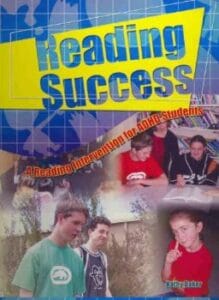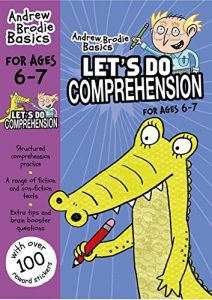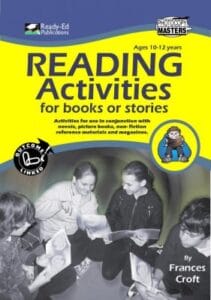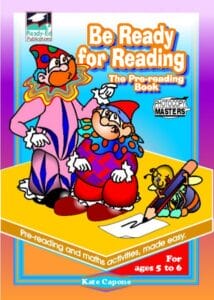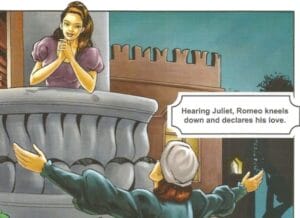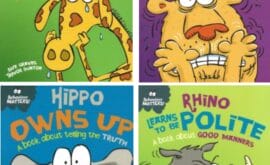5 Simple Strategies to Boost Reading Comprehension in Children
Reading is more than just decoding words on a page; it’s about understanding and connecting with the story or information.
If children struggle with reading comprehension, they might miss out on the joy of truly engaging with books.
But don’t worry—there are plenty of fun and effective ways to help them grasp the meaning of what they read.
Whether you’re a parent or a teacher, these five simple strategies will get kids thinking, questioning, and loving books on a whole new level.
1. Summarising Stories in Their Own Words
Once a child has finished a chapter or a story, ask them to retell it in their own words.
This helps them focus on the main events and themes, rather than getting bogged down in the details. It’s like giving the story a good squeeze to get the juicy bits out!
Start with prompts like:
- “What happened in the story?”
- “Who were the main characters, and what did they do?”
- “How did the story end?”
For younger children, keep it simple by asking for three things they remember. For older kids, encourage them to summarise in a few sentences or even write a brief paragraph. You’ll soon see their confidence grow as they learn to identify the key points.
Add poster papers
2. Making Predictions
Encourage children to guess what might happen next.
This doesn’t just make reading more interactive; it also helps them engage with the story and think critically about the plot and characters.
Here’s how you can do it:
- Pause during a suspenseful moment and ask, “What do you think will happen next?”
- Before starting a new book, look at the cover and title together. Ask, “What do you think this story might be about?”
- At the end of a chapter, challenge them to guess what the next chapter might hold.
Even if their predictions aren’t spot on, the process of thinking ahead will deepen their understanding of the story’s structure and themes.
3. Visualising Scenes
Reading becomes so much more fun when children can picture the story in their minds. Visualising helps them remember details and connect emotionally with the characters and events.
To help children practise this skill:
- Ask them to close their eyes and imagine the setting. Then say, “What does the place look like? What sounds might you hear there?”
- Encourage them to draw a scene or character from the story. This is especially effective for visual learners who thrive on creative activities.
- Use descriptive passages in the book to spark a discussion. For example, “The author describes the forest as dark and eerie. What do you think it would feel like to walk through it?”
By creating mental pictures, children learn to immerse themselves in the story and remember the finer details.
4. Asking Open-Ended Questions
Conversations about books can be just as exciting as reading them.
By asking open-ended questions, you’ll encourage children to think critically and share their thoughts. This strategy also helps them see that their opinions about stories are valued.
Some great open-ended questions include:
- “What did you like or dislike about the story?”
- “How do you think the character felt when that happened?”
- “What would you do if you were in their shoes?”
- “Did anything in the story remind you of something in your own life?”
These discussions not only enhance comprehension but also build a child’s empathy and understanding of different perspectives.
5. Connecting Stories to the Real World
Books often mirror real-life situations, even in the most fantastical tales. Helping children make connections between the story and their own experiences can make reading more meaningful.
Here’s how:
- If a character is dealing with a problem, ask, “Have you ever faced something similar? How did you handle it?”
- Relate non-fiction texts to current events or interests. For example, if they’re reading about space exploration, watch a documentary together or find a news article on the latest NASA mission.
- Encourage them to see lessons in stories. For instance, “What did this story teach you about friendship?” or “How can we use what we learned from this book in real life?”
Making these connections shows children that reading isn’t just about books; it’s a way to understand and navigate the world around them.
Key Takeaway
Boosting reading comprehension doesn’t have to feel like a chore—for you or the child.
With a little creativity and encouragement, you can help them unlock the magic of stories and the power of knowledge.
Remember, every child learns at their own pace, so celebrate the small victories and keep the experience fun and pressure-free. Who knows? With these strategies, you might even inspire a lifelong love for reading.
Happy reading adventures!
Read More……
How to Support your Child’s Reading Journey at Home.
Resources to help your child with comprehension
-
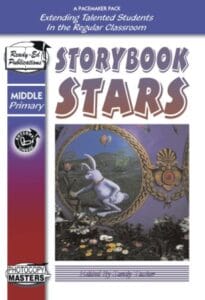 Storybook Stars (Instant Download)£4.95
Storybook Stars (Instant Download)£4.95 -
 Reading Success – A Reading Intervention for Students with ADHD (Paperback)£4.99
Reading Success – A Reading Intervention for Students with ADHD (Paperback)£4.99 -
Product on sale
 Let’s do Comprehension 6-7 (with stickers)Original price was: £4.99.£4.60Current price is: £4.60.
Let’s do Comprehension 6-7 (with stickers)Original price was: £4.99.£4.60Current price is: £4.60. -
 Reading Activities for Book & Stories (Instant Download)£5.95
Reading Activities for Book & Stories (Instant Download)£5.95 -
 Be Ready for Reading (Instant Download)£6.95
Be Ready for Reading (Instant Download)£6.95 -
 My Book Report Template -Size A2 ( UK Edition) – Pack of 4£4.99
My Book Report Template -Size A2 ( UK Edition) – Pack of 4£4.99
Join our mailing list
Sign up to our Emailing List & Get the Latest Information and Offers on Resources
Thank you for joining !
Something went wrong.

